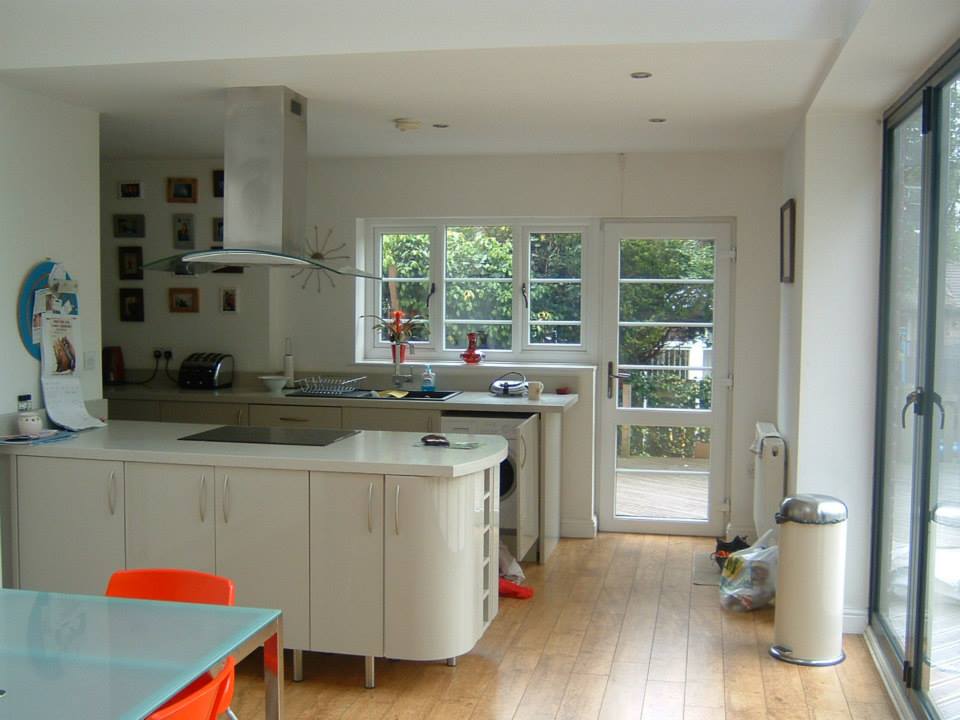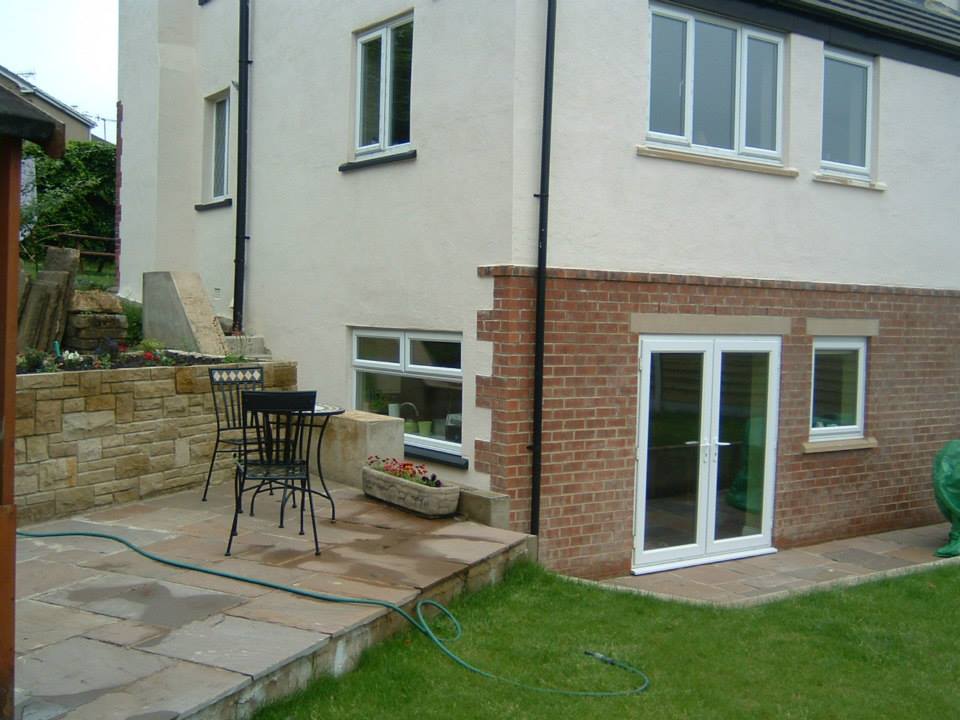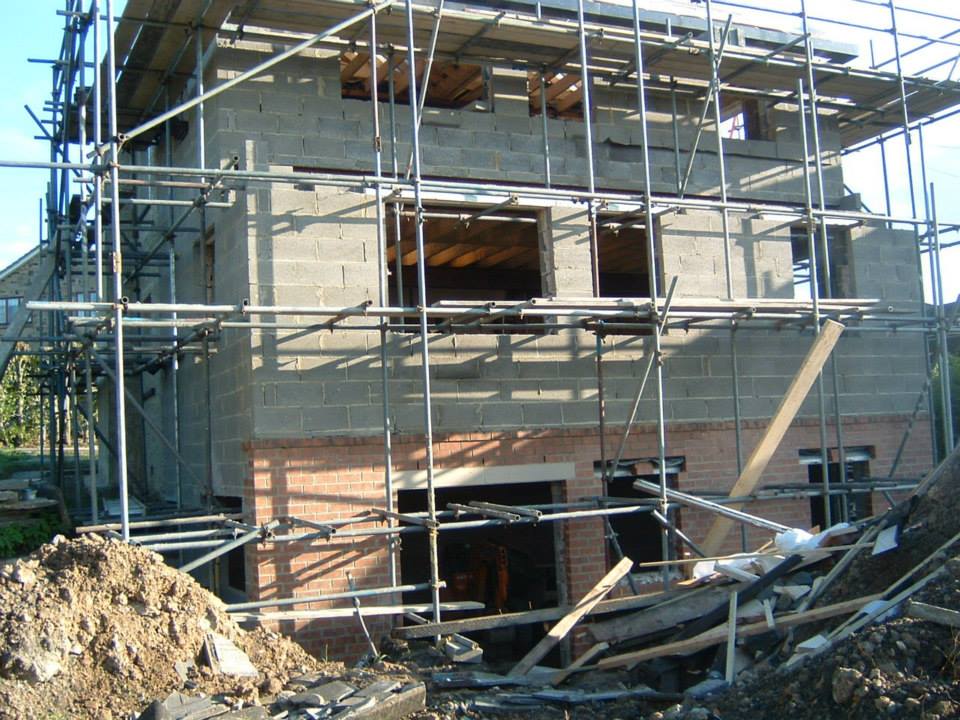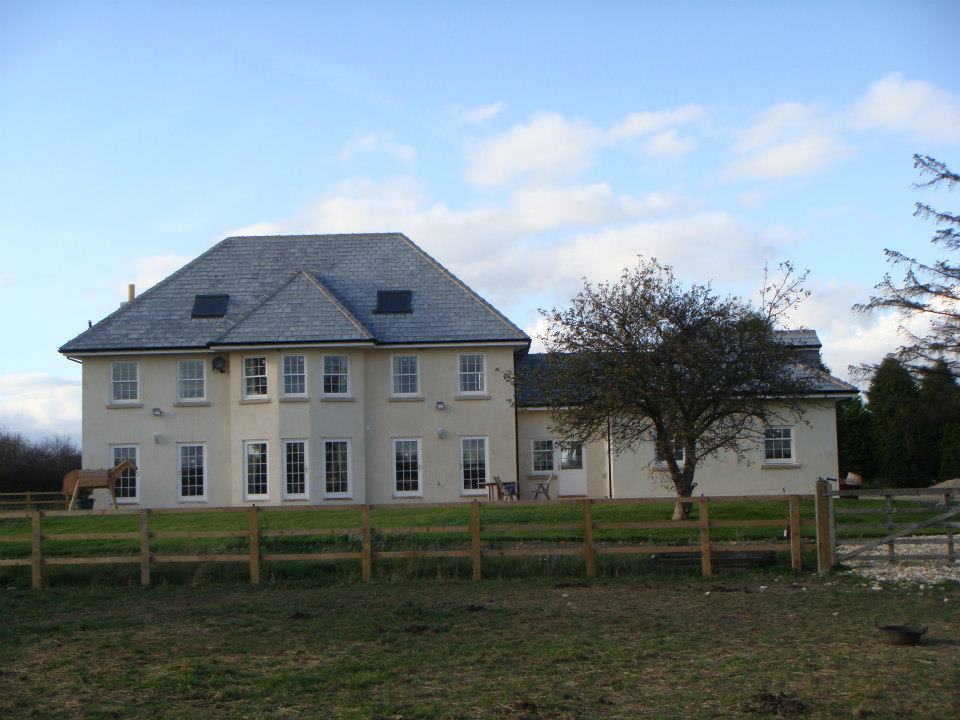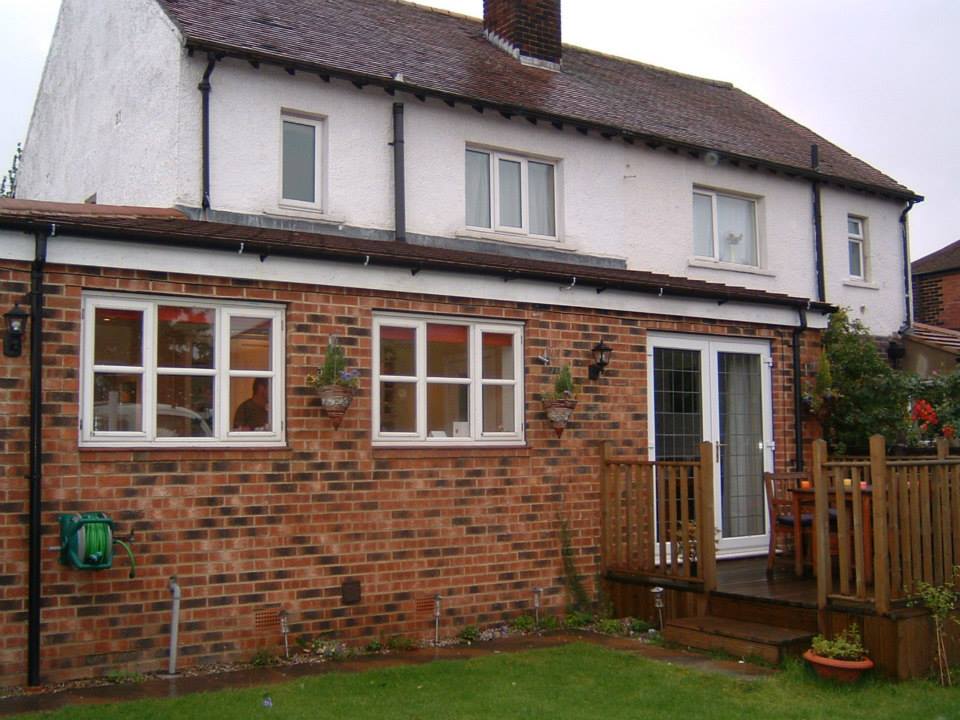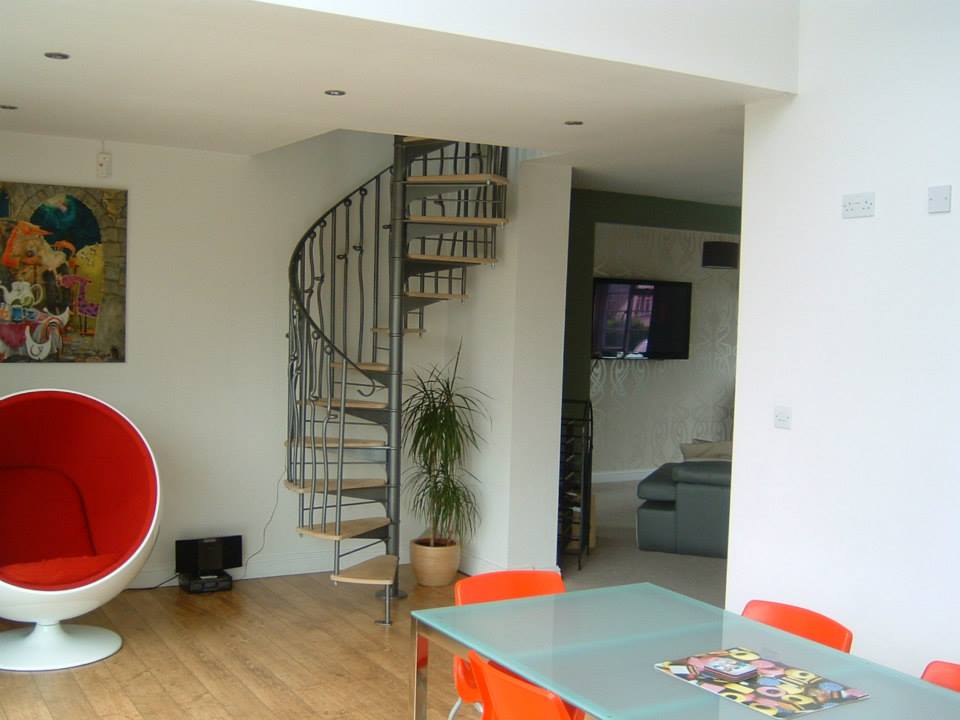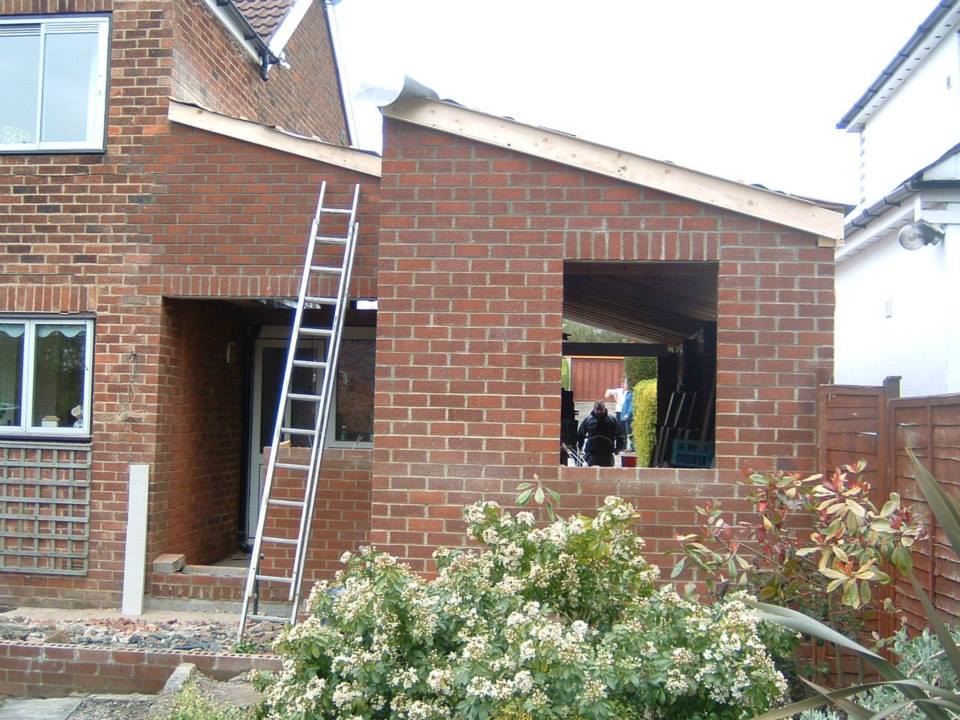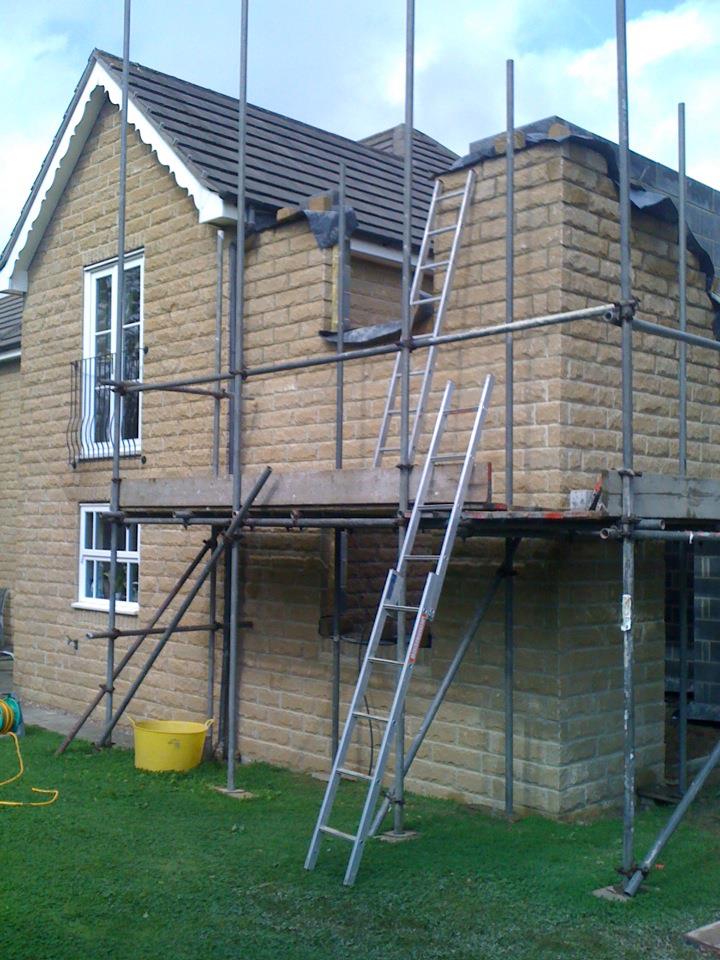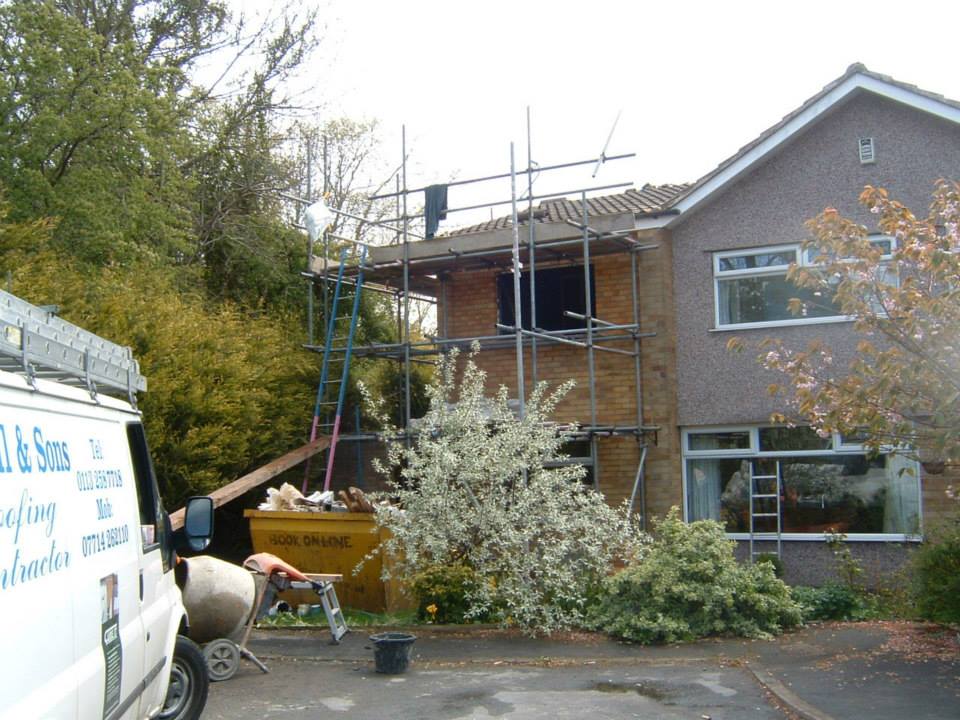Frequentrly Asked Questions (FAQs)
I am an experienced Architectural Designer with over 20 years of service to the construction industry.
I offer a professional service through a range of architectural design services, working methods and standards.
I can advise and guide you through the many rules and regulations regarding planning and building regulation submissions.
I can produce the required drawn information very quickly so as not to delay your project.
The majority of my Clients are located within the Yorkshire area, especially around the Leeds, Bradford, Otley, Ilkley and Harrogate areas.
If your project is further away or you wish to receive some advice please let me know.
Yes. I do not charge for the initial Client meeting to discuss your project. Please note, I would only charge a small amount if I was asked to travel out of my local area.
There is no set timescale to this initial meeting and you can ask as many questions as you like.
The most important aspect to come out of this meeting is that you the Client have a clear understanding of what is going to happen next with your project.
No. My architectural fees do not include the Planning & Building Regulation application fees.
I would request a cheque payable to the relevant Local Authority before the submission of the application. With your cheque I would submit the relevant drawings and application form.
Planning Permission is usually required if you wish to add an extension or loft conversion or divide your house into two or more dwellings.
You may also need Planning Permission for many other situations so if you wish to discuss your project however large or small please let me know.
Usually Planning Applications will take up to 8 weeks for the Local Authority to make their decision. This could be increased to 12 weeks if your project is for more than a domestic extension.
Other types of approval may also be required depending on your site location or property type. The most common are Listed Building Consent, Conservation Area Consent, Tree Preservation Orders and Party Wall Agreements.
This is to help home owners with the completion of the prior notification to notify a local planning authority of the intention to use the permitted development rights to build a single storey rear extension of greater than four metres up to eight metres for a detached house and greater than three metres up to six metres for any other type of house but not land and sites of special scientific interest. (Land within a National Park, the Broads, an area of outstanding natural beauty, an area designated as a conservation area and land within World Heritage Sites.)
A homeowner wishing to build a larger single-storey rear extension must notify the local planning authority by completing and submitting the Notification of a proposed larger Home Extension and provide the necessary required information to inform this process. It is not possible to undertake this process retrospectively.
Background
In May 2013, secondary legislation was laid before Parliament which increased the size of single-storey rear extensions which can be built under permitted development. It also introduced a light-touch neighbour notification scheme.
This guidance note provides information about how the scheme works. For a period of three years, between 30 May 2013 and 30 May 20161, householders will be able to build larger single-storey rear extensions under permitted development.
The size limits will double from 4 metres to 8 metres for detached houses, and from 3 metres to 6 metres for all other houses.
These new larger extensions (i.e. if they extend between 4 and 8 metres, or between 3 and 6 metres) must go through the following process:
- A homeowner wishing to build a larger single-storey rear extension must notify the local planning authority and provide:
- a written description of the proposal which includes the length that the extension extends beyond the rear wall of the original house, the height at the eaves and the height at the highest point of the extension
- a plan of the site, showing the proposed development
- the addresses of any adjoining properties, including at the rear
- a contact address for the householder and an email address if the householder is happy to receive correspondence by email
- The local authority may ask for further information if it needs it to make a decision about the impact of the development on the amenity of adjoining properties.
- The local authority will serve a notice on adjoining owners or occupiers, i.e. those who share a boundary, including to the rear. This will give the address of the proposed development and describe it, including the information in 1(a) above. It will also set out:
- when the application was received, and when the 42-day determination period ends
- how long neighbours have to make objections (which must be a minimum of 21 days), and the date by which these must be received. A copy of this notice must also be sent to the householder.
- If any adjoining neighbour raises an objection within the 21-day period, the local authority will take this into account and make a decision about whether the impact on the amenity of all adjoining properties is acceptable. No other issues will be considered.
- The development can go ahead if the local authority notifies the householder in writing either:
- that as no objections were received from adjoining neighbours it has not been necessary to consider the impact on amenity, or
- that following consideration, it has decided that the effect on the amenity of adjoining properties is acceptable Please note: restrictions on permitted development for extensions continue to apply.
- If the local authority does not notify the householder of its decision within the 42-day determination period, the development may go ahead.
- If approval is refused, the householder may appeal.
- The extension must be built in accordance with the details approved by the local authority (or, if no objections were raised or the local authority has not notified the developer of its decision, the details submitted), unless the local authority agrees any changes in writing.
- The development must accord with all other relevant limitations and conditions which apply to other rear extensions allowed under permitted development. These are set out in Class A, and include for example, the requirement that the extension must be constructed using materials of a similar appearance to those used in the construction of the rest of the house.
- To benefit from these permitted development rights, the extension must be completed on or before 30 May 2016. The developer must notify the local authority in writing of the date of completion.
Not every project will require you to obtain Planning Permission. If your property has never had an extension and you do not live in a listed building or in a conservation area and your project is within a certain dimension in height and scale you may qualify for a Lawful Development Certificate.
Each project is treated as an individual case and just because your neighbour has the extension you would like the Planning Department will judge your project on its own merits and current planning policies.
I will maximise the potential for your property and ensure your proposal has the best chance of gaining planning approval.
No, Building Regulations is a separate process and is controlled by the Building Control Department of the Local Authority.
The main difference between Planning Permission and Building Regulations is planning drawings demonstrate the concept of the proposal and Building Regulation drawings are a more detailed set of drawings which show how your proposal is to be built.
When a domestic extension or a loft conversion is designed and detailed it must comply with the current Building Regulations. They are a set of minimum standards for building works and are enforced by the Local Authorities Building Control Department. These standards relate to Drainage & Plumbing, Structural requirements, Heating & Ventilation, Materials & Insulation, Means of Escape in case of fire. These are essential requirements to ensure your extension, loft conversion or internal alterations comply with these standards.
With all domestic / residential projects the two best methods to obtain an approval is either by submitting a Full Plans application or via a Building Notice application.
- A Full Plans Submission means I would submit a detailed set of construction drawings which would indicate detailed specification notes, sections, larger scale details and any applicable structural information. All this information would be approved by Building Control before any works would commence on site.
- A Building Notice is used if you want to start on site straight away without submitting a Full Plans submission. Personally, I do not like using this option as you do not have the protection / confidence that a Full Plans approval would give you. I would always recommend a detailed set of construction drawings are drawn up, submitted and
approved before any works commence on site. If you still want to choose this option you need to have the confidence in your chosen building contractor that his work will be
approved by Building Control, but if not there is always the chance that works carried out would have to be done again and you would probably have to pay additional costs.
The Party Wall Act provides a framework for preventing and resolving disputes regarding Party Walls, Boundary Walls and Excavations near to neighbour’s buildings. Anyone intending to carry out works described by this Act where the building owners must give adjoining owners a notice of their intentions. I would suggest before you consider any type of extension to your property you should go and speak to your neighbours who may be affected by your proposals. By doing so you are letting them know what you are proposing which could benefit you as the house holder when a planning application is to be submitted. I appreciate not everyone gets on with their neighbours but in the long run you would benefit as your neighbour is less likely to object to your planning application if they are in agreement with your proposals.
A Party Wall notice will be required if your proposals involve building onto or within 2 metres of your boundary or you are intending to create any building that is in contact with a shared wall, even if you do not alter the shared wall. A Party Wall surveyor would submit the required notices to the adjoining owners and they will provide you with all the details of this notice.
A right to Light is protected in England under common law which has to be acquired before it can be enforced.
Your neighbour may object to your planning application to extend your house by claiming they have a right to light to one or more of their windows.
A right to light is similar to an easement, like a right of way, and overrides any Permitted Development rights and even a Planning Permission you may have already gained. In theory a right to light can prevent you from blocking out a neighbours window.
I would always suggest before choosing your building contractor you should consider the following:
- Obtain a list of suitable builders from The Federation of Master Builders.
- Make a short list of builders and try to gauge their suitability for your project. Ask plenty of questions like; what previous similar projects have you done, ask to look at examples of their work, ask if you can speak to their previous customers and ask them if the builder was punctual, polite, tidy, true to his word, sticks to their deadlines and if they would use the builder again.
You could also ask the builder the following questions:
- Their experience in working on your particular type of project.
- How would he like to be paid – on completion or at regular intervals.
- Will he provide you with an itemised invoice?
- Would he be happy for you to hold back (say 5%) of the money until your project is completed to your satisfaction?
- Will he give you a final completion date?
- Would he accept a penalty clause if he fails to complete on time?
- Would he agree to an independent arbitrator should there unfortunately be any dispute?


